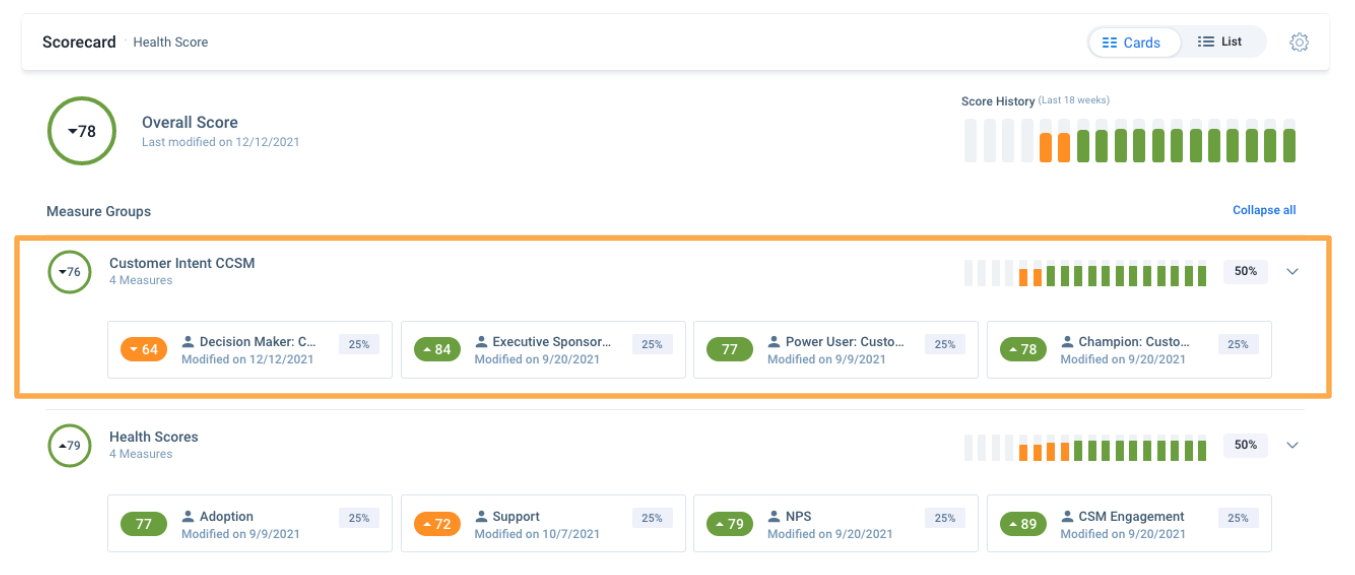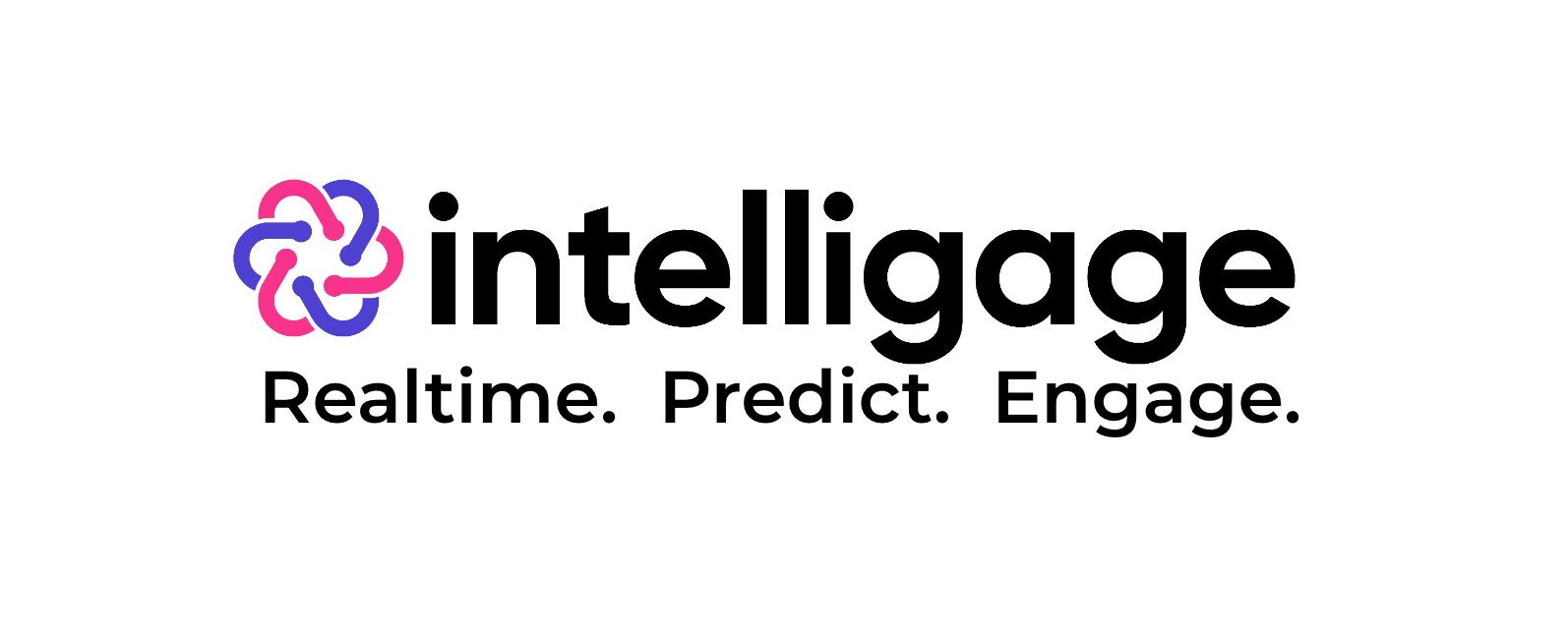Scorecards – where do we begin? This seems to be the biggest challenge for CS Ops – how do we get the right balance between subjective and objective measures? We all have seen the typical measures of CSM sentiment, such as usage, support, and NPS. Do these really tell us the health of the customer and predict their behavior at renewal time? How accurate are these?…How stale?…These are the questions we all struggle with – so let’s break it down.
CSM Sentiment – how current is this, when was the CSM last update, what is the CSM basing this on – last conversation? Do their biases affect their ability to gauge the score?
Usage – Does the usage data really tell us if the customer is thinking about leaving? In many cases, we find out too late when they are in the process of converting. Although it’s counterintuitive, usage typically stays pretty consistent as the customer is evaluating other platforms.
Support – What does this really tell us? Granted, we may know if they are frustrated – or that CS needs to intervene – but does it really tell us something meaningful about the customer? No tickets may indicate they are running fine with no issues; more tickets may tell us they are trying new things to expand…but is it really predictive of what the customer may do at renewal?
NPS – wow – Where do we start with NPS? It’s great for a single point in time. But what does it say 3-4 months later? Do many happy customers really reply to NPS surveys? Or is it mostly disgruntled customers who may be upset about a certain situation? What is your NPS reply rate? Typically it’s 15% or less.
There has to be a better way to gauge customer sentiment, other than these unreliable or stale predictors. What if you could know exactly how your customers felt after every interaction with you or anyone else in your company? Wouldn’t it be great if your customer loyalty metrics could update in real time with each conversation. CompleteCSM provides us this real-time visibility after every customer interaction – support case, email, or zoom conversation. You can now see EXACTLY how each individual on the account is feeling and what their role is, as well as roll it up to the overall score. This provides real-time loyalty by different levels of the organization, and it also lets you know how deeply embedded you are with the customer. The more embedded you are – the stronger your relationship with the customer.

You can also compare customer loyalty to CSM sentiment and see which is more predictive of customer adoption. If loyalty is trending down – while CSM sentiment is trending up – it highlights the disconnect and a definite reason for a CSM to reach out to the customer.
<image002.png>
So how do we improve our scorecards?
- More reliable AI driven metrics
- An ability to gauge customer loyalty in real time immediately after EVERY conversation
- A way to embed ourselves deeper with the customer – and have a score metric based on depth over time
- The capability to identify and understand the gap between CSM sentiment and AI-driven loyalty
